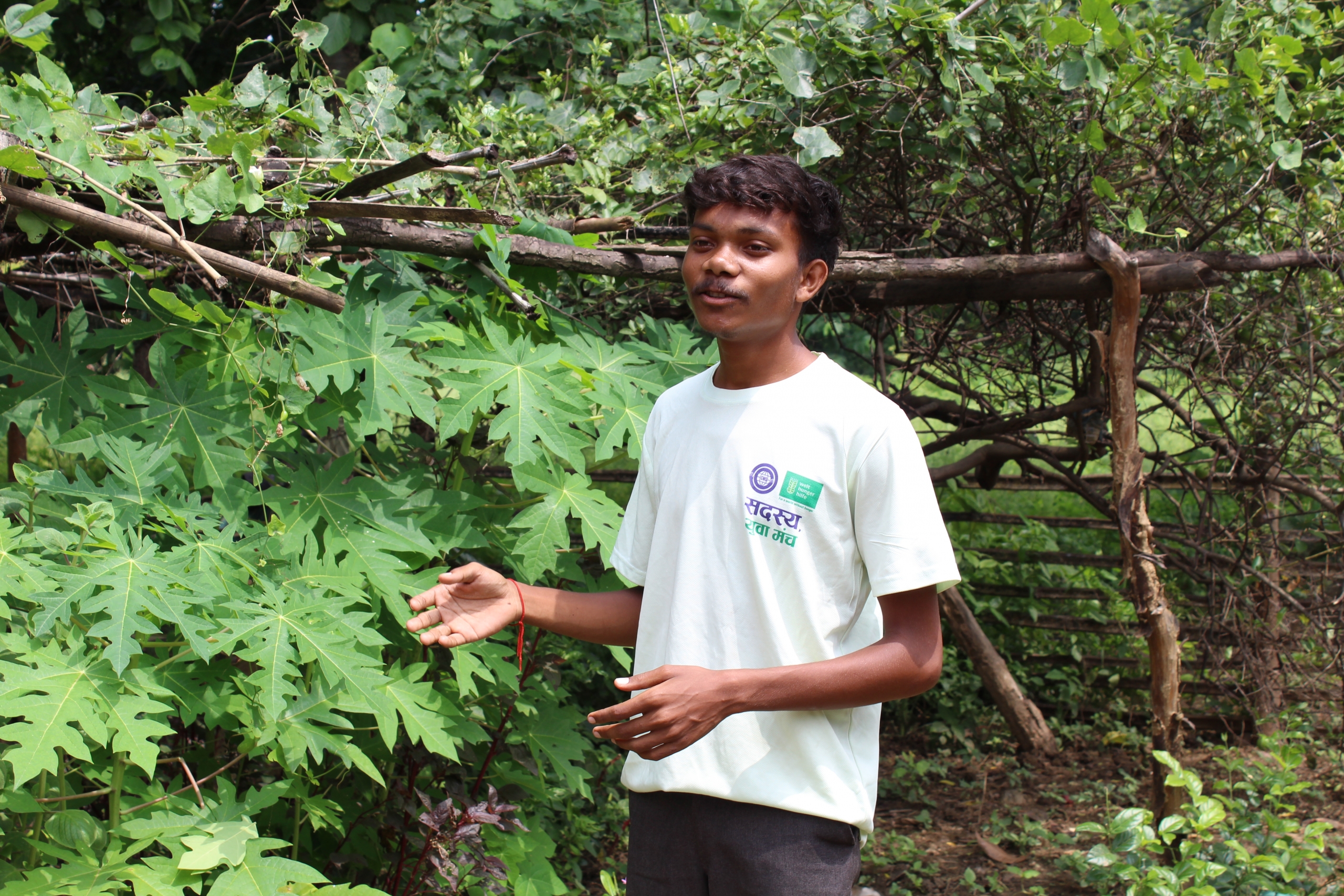The youth of Jharkhand’s interior Burudih village have not physically seen any of their indigenous millet grains on which their tribe thrived for nutritional needs for centuries. With 2023 being celebrated as the International Year of Millets, the youths understand the nutritive value of their indigenously crops forgotten overtime and wants to proudly bring them back into their food systems.
“I have only heard in stories from my grandfather about the grains that we used to grow in our farms. ‘Gondli’ (little millets), ‘Madua’ (finger millets) and Kodo. He told me stories of how he never ate rice back then. Millet used to be in all of our staple diets. However, I had never seen the grain with my own eyes,” says Mukesh Hembram, an 18-year-old youth volunteer.
“My old man used to tease me by softly punching me on shoulder saying ‘you are so weak; my bones are much stronger. It is because we ate healthy’,” Mukesh says it with a smile on his face.
Till recently, the millet seeds in Burudih were on the verge of extinction. Not a single family out of 65 households, cultivated millets which were a staple crop 100 years ago.
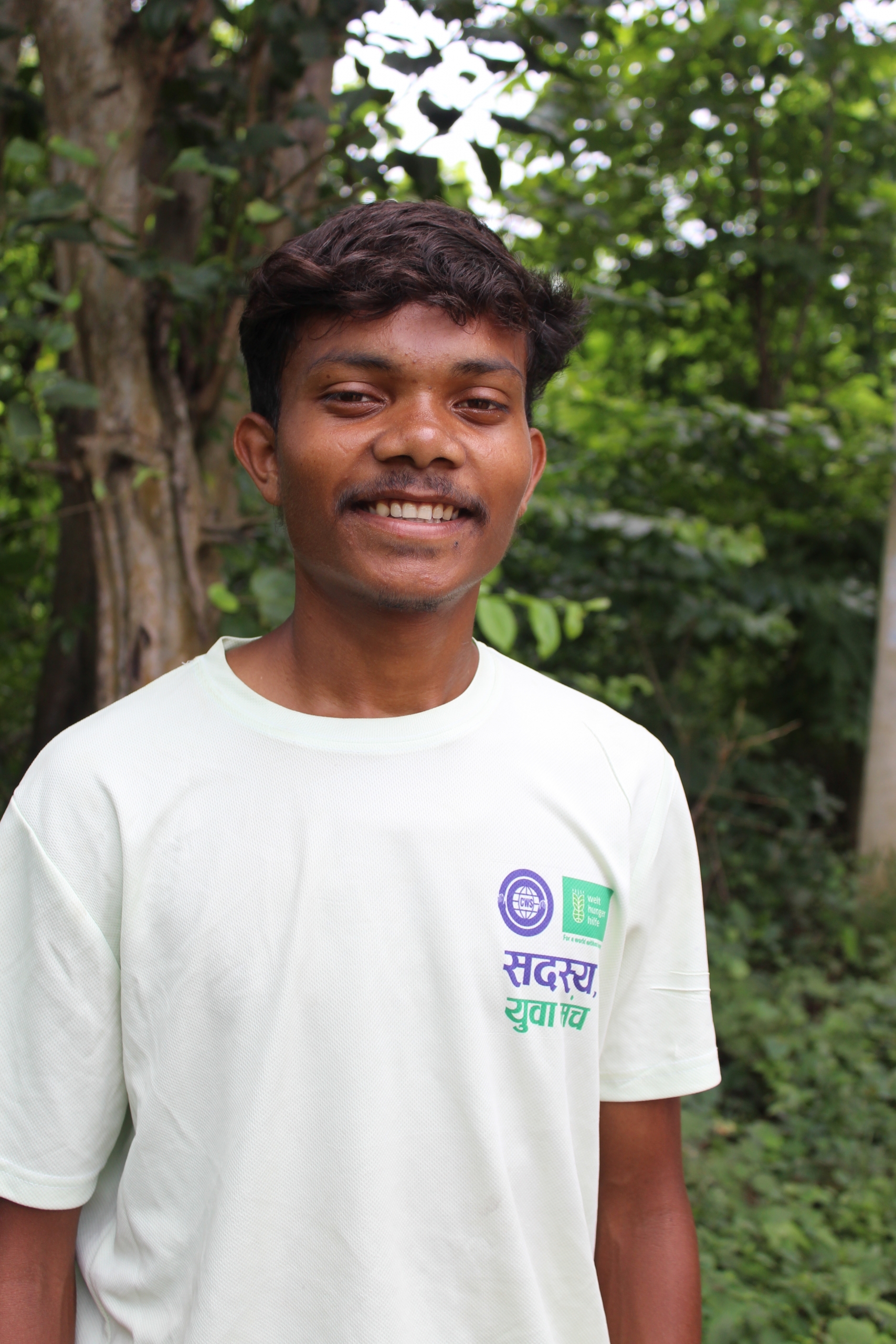
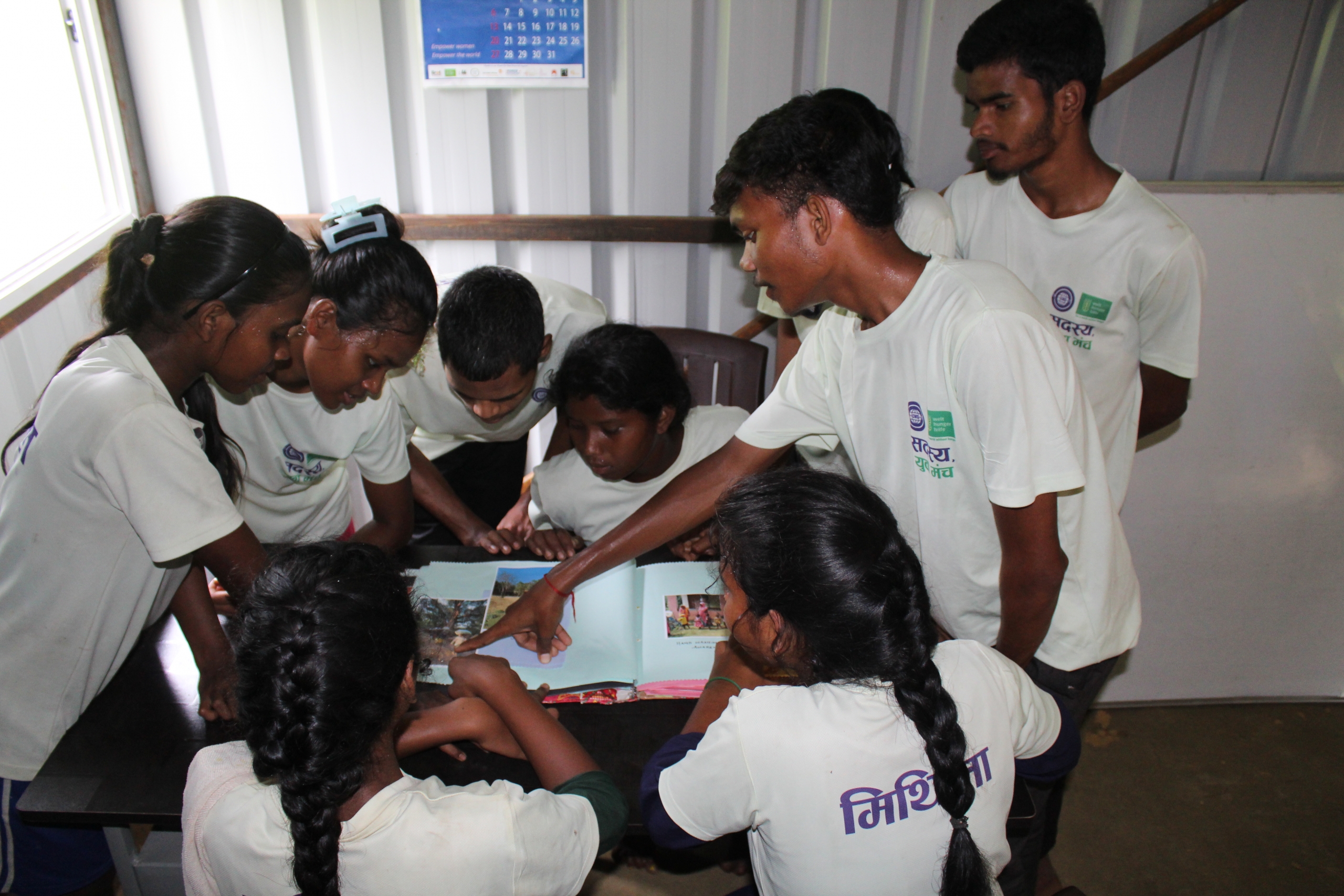
For centuries, the tribal belt of Jharkhand grew and consumed their own indigenous crops to meet their nutrition demands. Millet based local food systems were sustainable and self-sufficient. Hardly any external inputs and agrochemicals were required, as millets do well with farm/animal based recycled manures. They are extremely tolerant to both drought and water-logging conditions, doing away with the need to pump out precious ground water for cultivation. They can be stored for long periods without pest attacks, which makes their storage largely organic. There used to be a high variety of millets grown, which in turn met diet diversity needs. They could be easily sold in the local markets, as people’s food habits were still based on locally available produce.
British colonial land tenure systems coupled with the Green Revolution in the 1960s resulted in the massive erosion of indigenous food systems and impacted the tribal way of life and their relationship with the forests. The millet cultivation decreased and was replaced by wheat, rice and other cash crops. Skewed government policies in the form of subsidies favoured these wheat-rice monocropping based food systems.
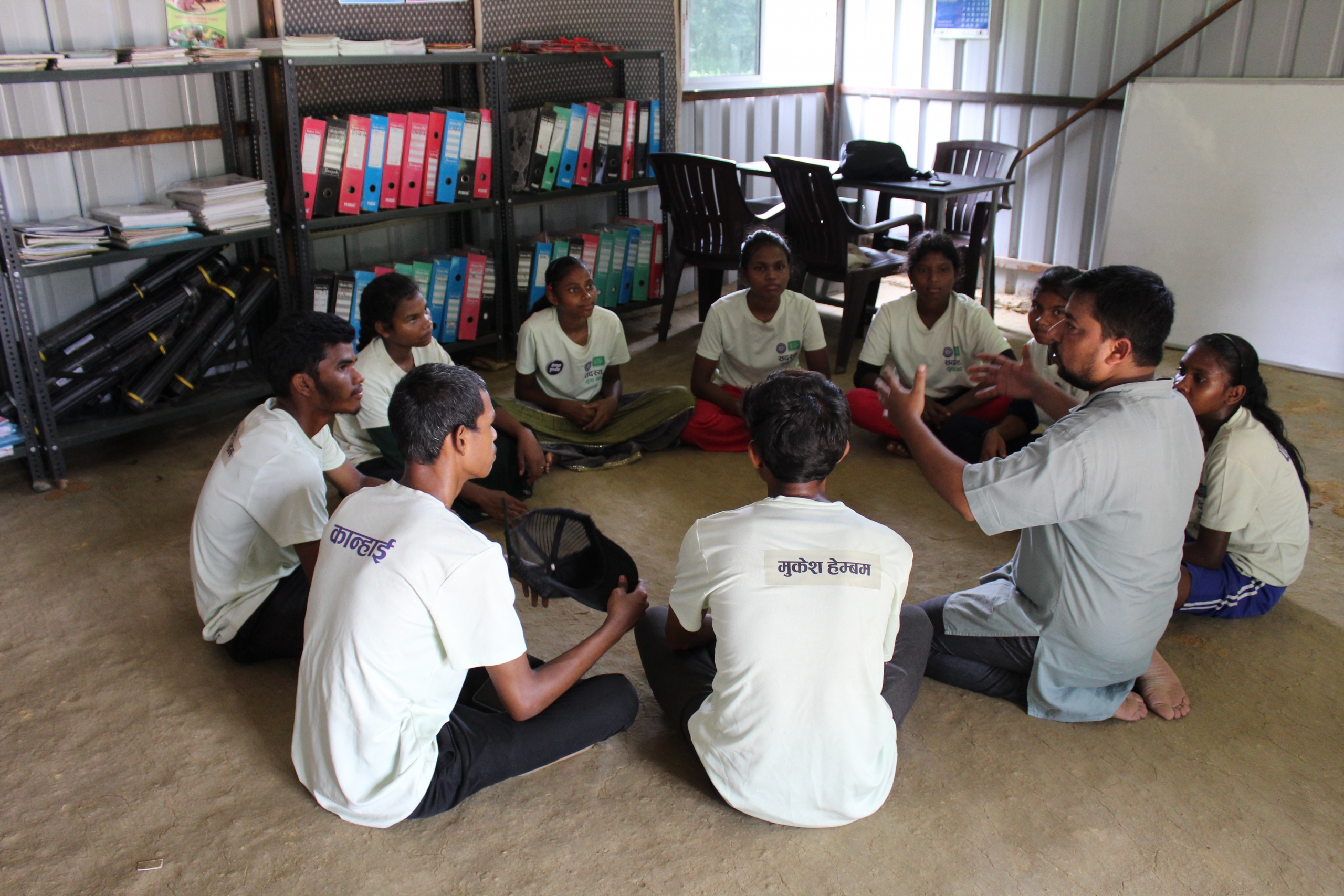
“The decline in millet cultivation was due to the increasing demand for cash crops, such as rice, wheat, oilseeds, sugarcane and cotton. This change in agricultural practices significantly impacted tribal farmers, who had to adapt to the commercial demands. Additionally, the tribes were also dependent on the forest for fodder and food. This too, over the time, have ceased to exist, putting an end to their source of livelihood and rights. Furthermore, due to cut down in indigenous food, hidden deficiencies of nutrients, especially protein, calcium, vitamin A and C and Iron, were seen among women and children resulting in issues like underweight, stunting, anaemia and malnutrition – indicating consumption of poor quality diet,” says Md. Shaban, the Project Coordinator of ‘Nutrition Smart CommUNITY.’
Major parts of the tribal population in India suffer with serious levels of malnutrition. The nutritional sources. Factors like declining traditional knowledge, displacement of traditional crop species by a few major crops and shifting diets and food cultures have substantially influenced their food systems and led to underutilization of many diverse indigenous food resources. Today the world is rediscovering the health benefits of these gluten free superfoods.
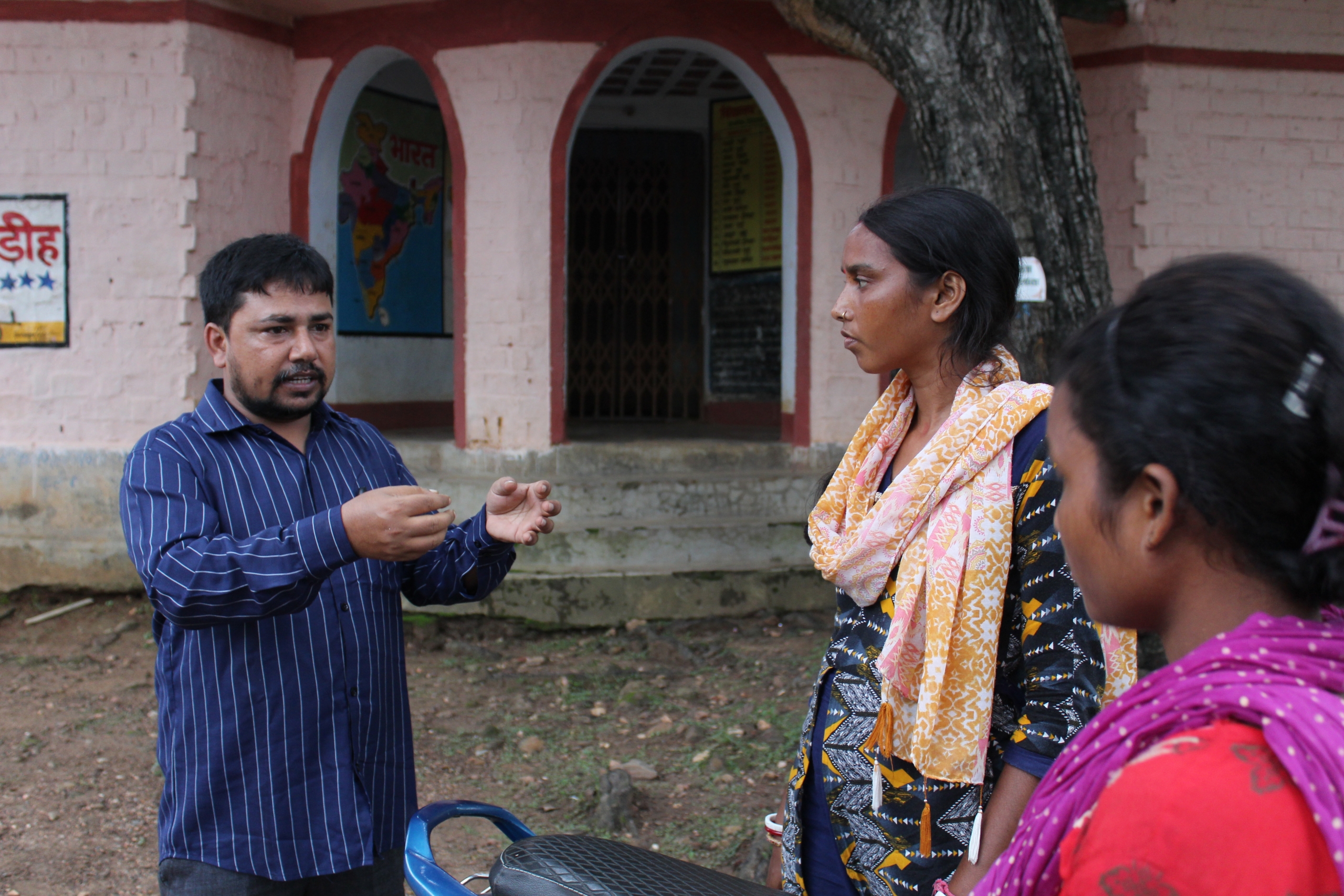
Welthungerhilfe and partner Centre for World Solidarity (CWS) formed a youth group in Burudih village in 2022 focussed on breaking the intergenerational cycle of malnutrition by training the next generation on food and nutrition security. Now, their aim is to revive the age-old crop through the young enthusiasts.
“First thing is to train youth in understanding the rich history and food culture which they have lost over time. We are training them on sustainable farming with better utilisation and management of natural resources. Since most of the farmers are growing paddy, we are orienting them to use more organic methods, and reduce the dependence on chemicals to preserve soil health. In our next phase, we are planning to encourage farmers to allot a small portion of their farms to grow millets and other indigenous food groups for food security during droughts,” says Shaban.
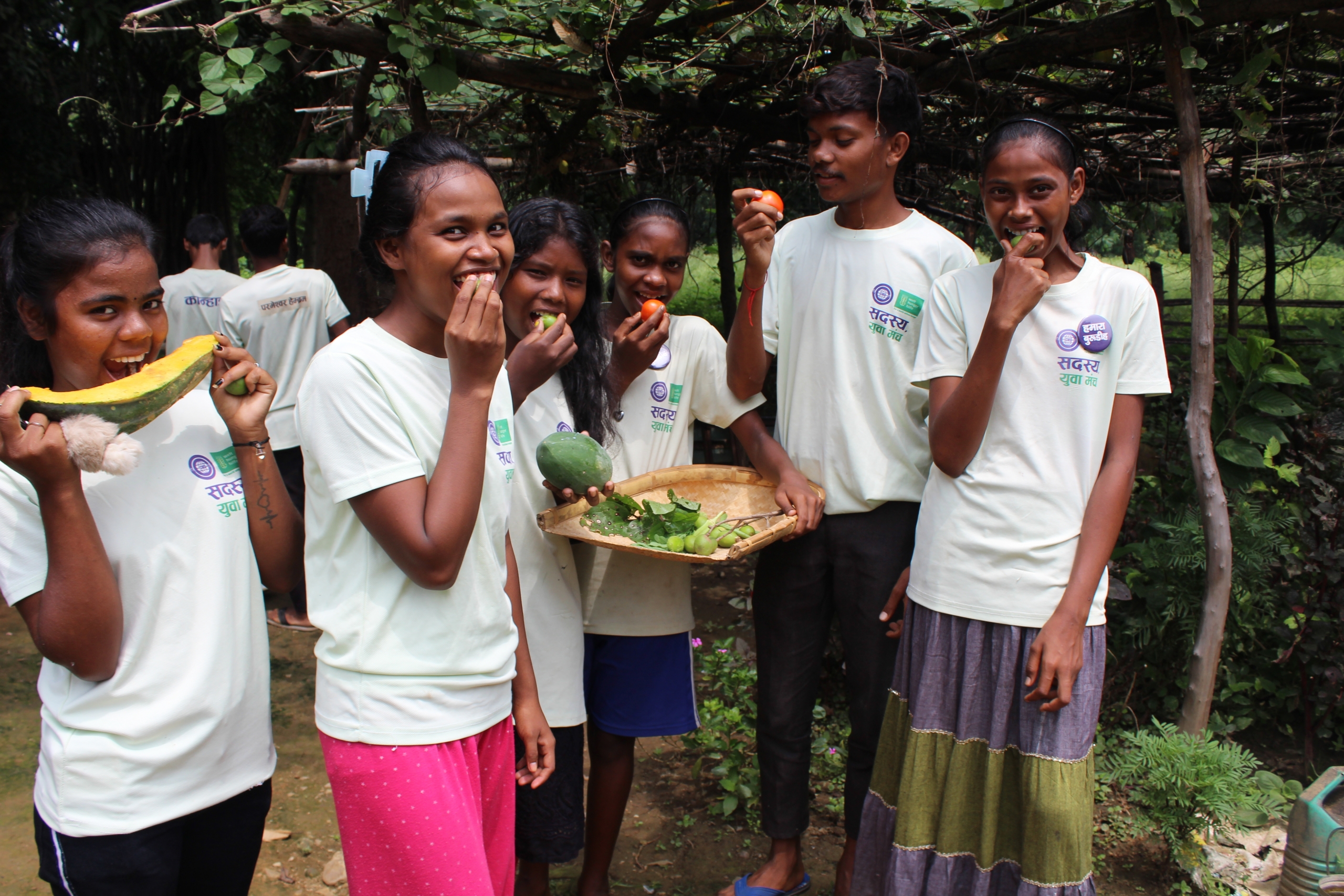
Amidst the global movement to revive local food systems, a big impetus has been given by the Indian government to revive millets for climate resilience, health, well-being and food security. Mukesh has the zeal to become an important member of the village’s development plan. He also wants to revive these forgotten crops which are a powerhouse of nutrients.
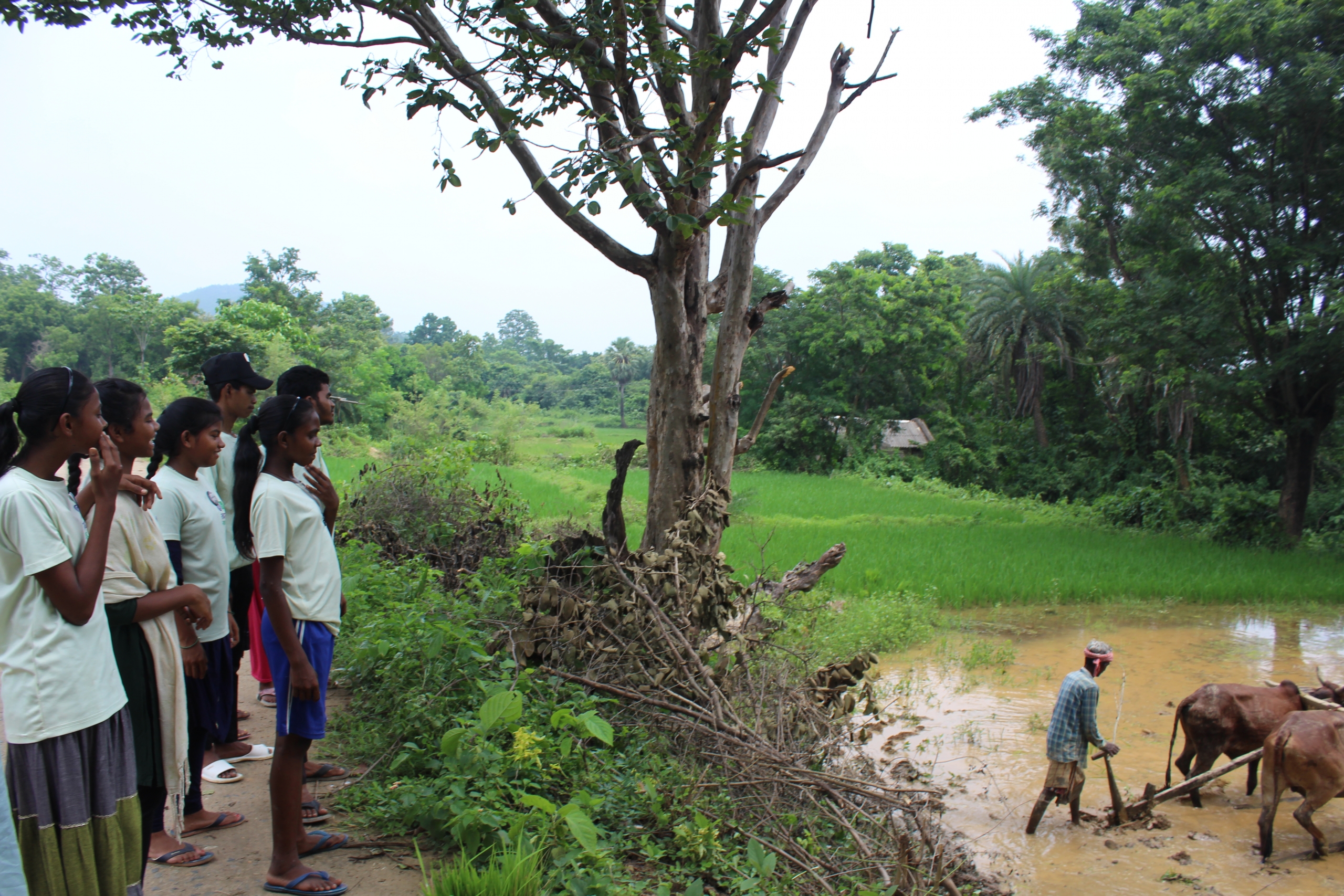
(Youth group of Burudih work with farmers on multi-cropping and bringing back indigenous crops back into their farms)
“I want to study hard and get into a government job and contribute to my village’s identity and bring it on world’s map. I want to see my village clean, green and malnutrition free, and for that, millets should not just remain a story for us, we have to turn it into a reality,” he says.
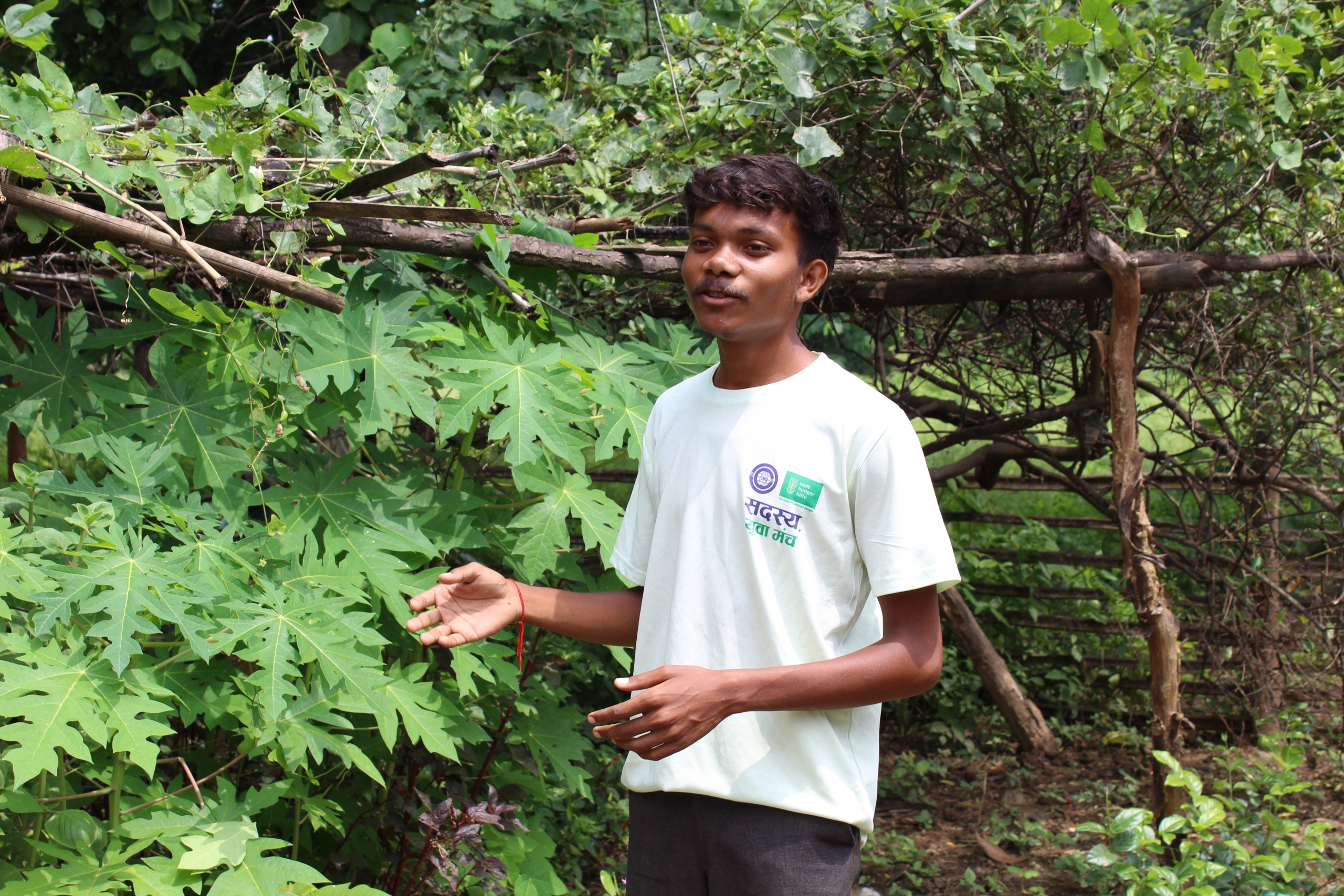
Mukesh says he had grown up with the belief that millets are grains for animals. Now, no more. “After trainings and reading more about its nutritional benefits, I it is time to bring it back on our plates and diets. We need to reconnect with our tribal heritage, and this must start with food,” says Mukesh as he feels confident that with WHH’s help they can source the seeds from nearby villages or districts in September and start cultivating millets as soon as the season starts.
The next generation of Burudih have come together and formed ‘Youth Group’ which is undertaking the struggle to revive which was once erased. In the next few years of the project, they ought to play a bigger role in reviving their own food systems.
